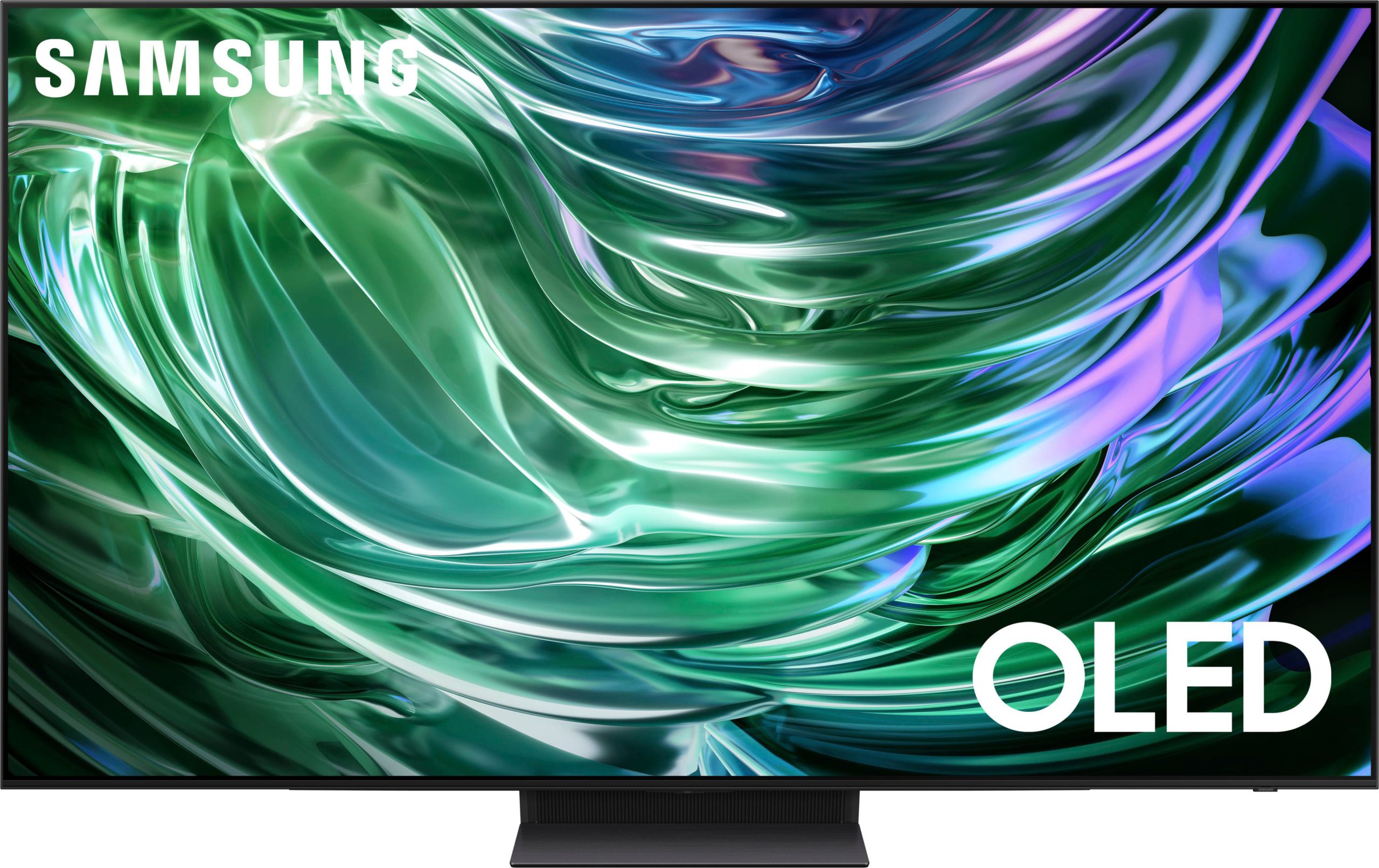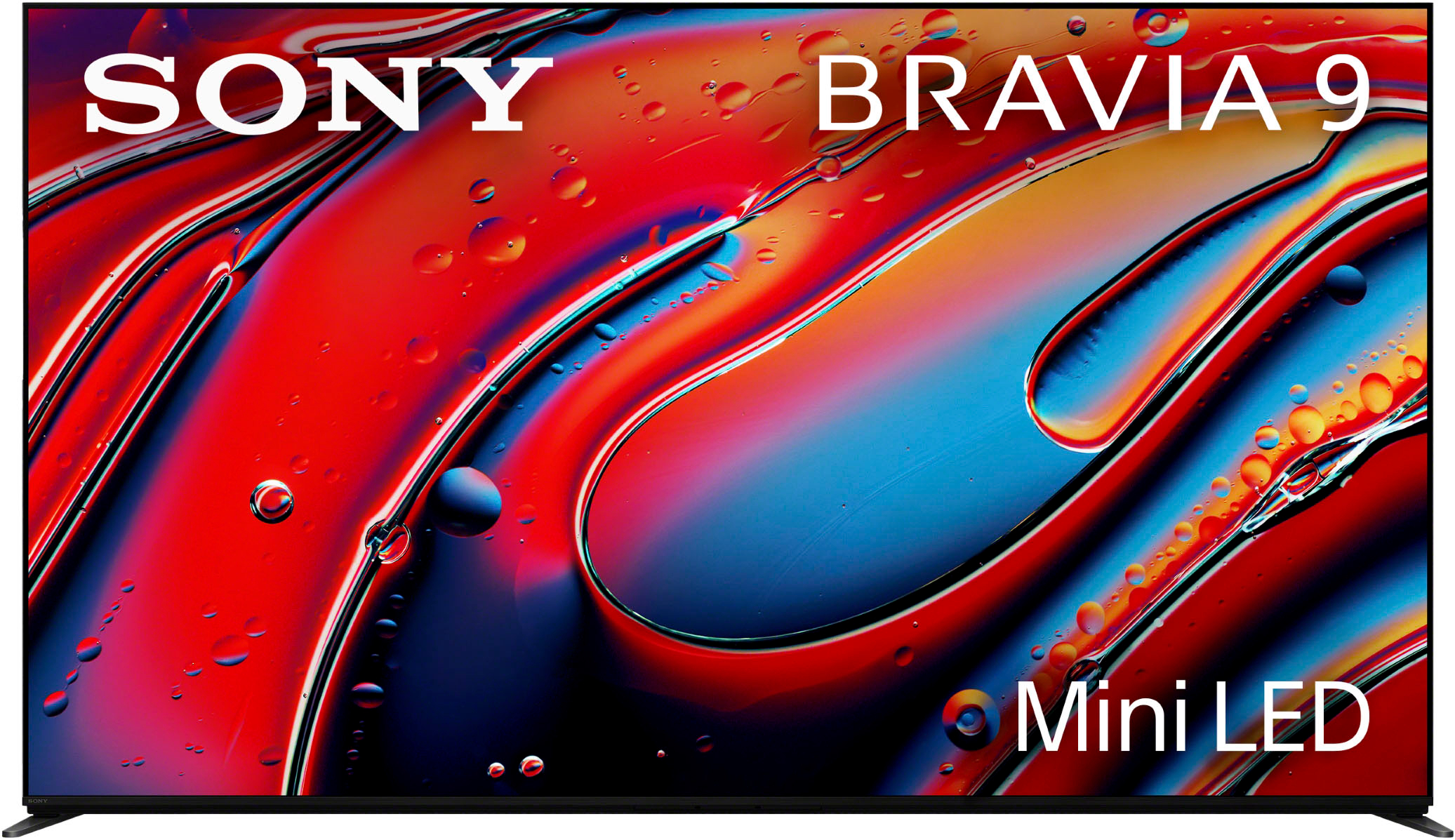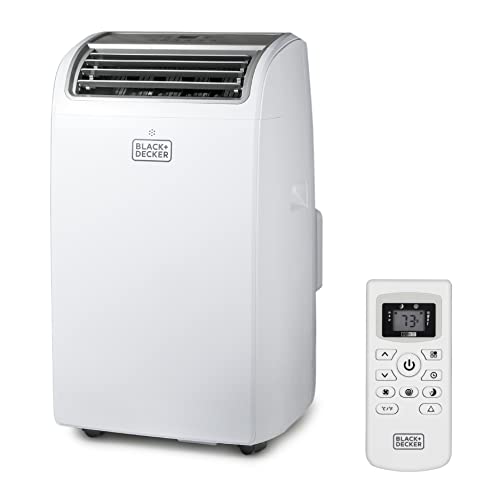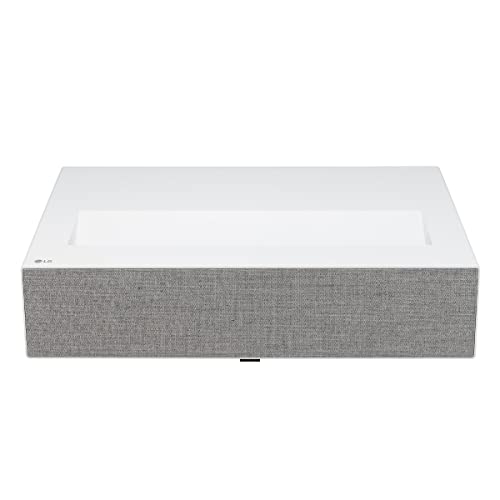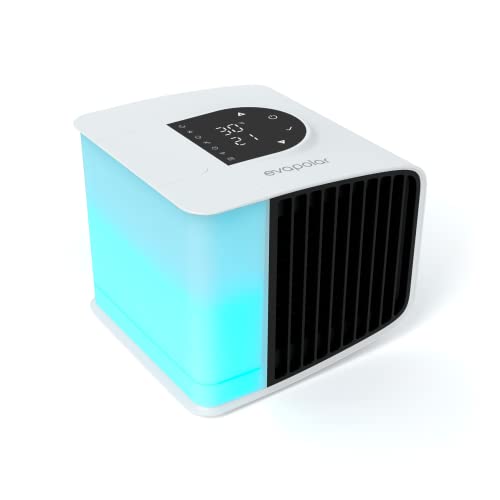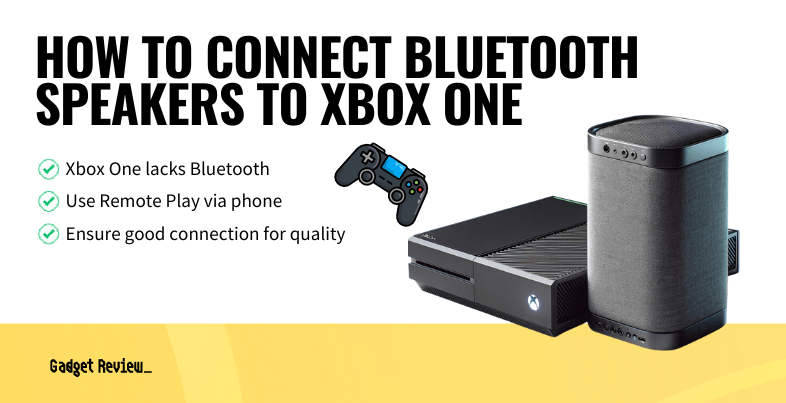What if the simple pleasures of 1950s America held the key to modern happiness? In an era without smartphones, families found joy in sock hops and soda fountains. Children played freely outside until sunset, creating their own adventures. Parents invested in newfangled appliances that promised to revolutionize daily life.
Let’s explore how these forgotten traditions shaped a generation’s memories.
15. Home Appliance Revolution

New household appliances transformed domestic life in the 1950s. Electric mixers, toasters, and washing machines reduced manual labor in American homes. The popularity of TV dinners, introduced by Swanson in 1953, came from the widespread adoption of freezers. Modern appliances changed how families prepared meals and maintained their homes, though the average cost of $200 for a washing machine represented a significant investment. Also, if you’re interested, we have a round up of 12 must-have vintage gadgets from the past that you might want to look into.
14. Phone Party Lines and Operators

If you made phone calls in the 1950s, you probably shared a party line with up to 10 families on a single circuit. Each home had a distinctive ring pattern, though neighbors could listen in on calls. Telephone operators connected long-distance calls and served as community information sources. You could dial “0” to ask the operator for the correct time or weather updates.
13. Board Games and Puzzles

Family game nights flourished with classics like Monopoly, Sorry!, and Scrabble bringing households together. The introduction of Clue in 1949 created mystery-solving excitement throughout the ’50s. You could find families working on jigsaw puzzles during long winter evenings, often leaving them on card tables for days until completion. Board games provided entertainment and learning opportunities before digital diversions existed.
12. Radio Shows and Serial Programs

Despite television’s rise, radio programs remained popular throughout the 1950s. Families gathered to hear “The Shadow,” “Gunsmoke,” and “The Lone Ranger” deliver weekly adventures. Children rushed home from school to catch their favorite serial programs, complete with sponsored messages for Ovaltine and Wheaties. The radio sparked imagination and created shared experiences across households.
11. Playground Games and Equipment

School playgrounds featured sturdy metal equipment that defined recess activities. Giant stride mechanisms, teeter-totters, and towering metal slides provided thrilling entertainment. Children mastered games like Red Rover, Mother May I, and Duck Duck Goose during lunch breaks. You could spend hours on merry-go-rounds spinning until dizziness took over.
10. Soda Fountains and Diners

If you visited American diners in the 1950s, you witnessed chrome-trimmed establishments where soda jerks crafted cherry Cokes, malted milkshakes, and ice cream sundaes. Short-order cooks prepared burgers and fries while teenagers gathered at their favorite booths. A hamburger cost 25 cents, and jukeboxes played the latest hits for a nickel per song. The classic American diner became a symbol of youth culture and independence.
09. Comic Books and Trading Cards

Comic books cost just 10 cents in the 1950s, offering endless adventures with Superman, Batman, and Wonder Woman. Baseball card collecting became a serious hobby, with kids trading cards featuring Mickey Mantle and Willie Mays during recess. Bubble gum came free with every pack, adding sweet incentive to collection building. You could find kids studying their cards on front porches, memorizing statistics and player information.
08. Neighborhood Grocery Stores

If you shopped at corner grocery stores in the 1950s, you experienced one of over 350,000 independent grocers that operated as community hubs across America. Wooden floors creaked under the weight of metal shopping baskets, while friendly clerks knew customers by name. You could purchase a loaf of bread for 14 cents and have it written in your family’s credit book. The emergence of larger supermarkets began changing shopping habits, though neighborhood stores remained essential to daily life.
07. Outdoor Adventures

Children in the 1950s spent up to 8 hours each day playing outside without adult supervision. Kids created their own entertainment with marbles, hopscotch, and stickball in neighborhood streets. The introduction of the Hula Hoop in 1958 sparked a nationwide craze, with Wham-O selling 25 million hoops in the first four months. You could find kids racing home from school to play kick-the-can or hide-and-seek until their parents called them in for dinner.
06. The Milkman and Fluffernutter Sandwiches

Daily milk delivery transformed American households in the 1950s, with over 30 million American homes receiving fresh dairy products right to their doorstep. The iconic glass bottles and early morning deliveries became a cherished routine. Fluffernutter sandwiches emerged as a lunchbox staple, combining Marshmallow Fluff with peanut butter on fresh white bread. You could count on finding these sweet treats in metal lunch pails decorated with Roy Rogers or Hopalong Cassidy.
05. Drive-In Movies and Ice Cream Trucks
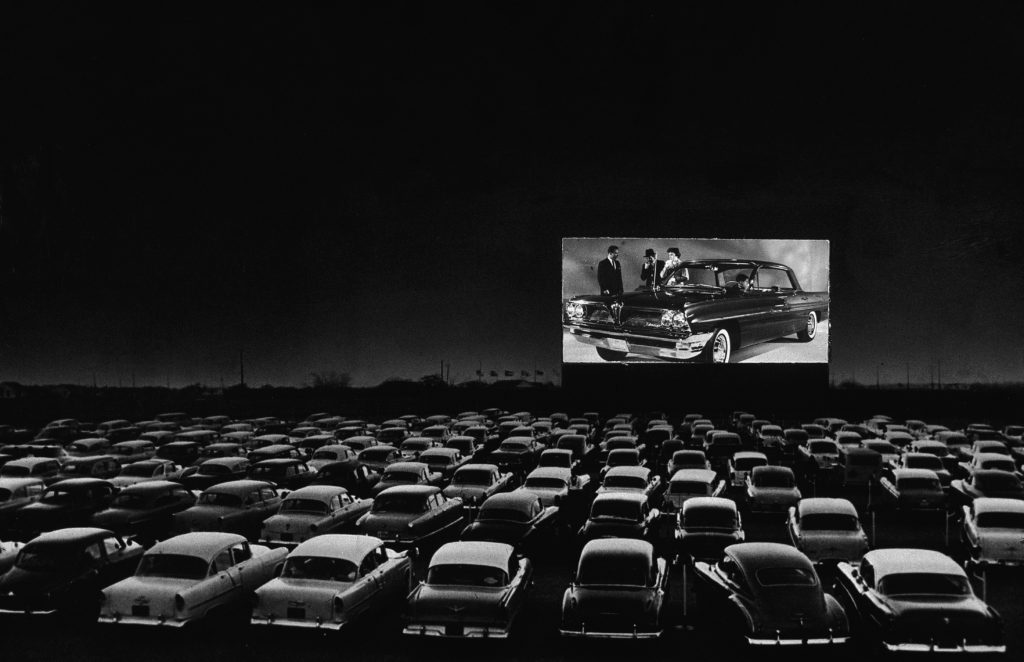
Drive-in theaters reached their peak in the 1950s, with America hosting over 4,000 outdoor screens. Families piled into their cars with homemade popcorn and blankets for double features under the stars. The familiar jingle of ice cream trucks brought children running with nickels and dimes in hand. Good Humor trucks led the way, offering ice cream bars for just 10 cents each, making summer evenings special for kids across America.
04. Candy and Fashion Trends

Poodle skirts defined 1950s fashion for young girls, while boys sported blue jeans rolled at the cuff and white t-shirts. Candy stores offered an array of treats for a penny each, including wax lips, candy cigarettes, and Atomic Fireballs. You could fill a small paper bag with your favorite sweets for less than a quarter. Saddle shoes paired with bobby socks became the must-have footwear for fashion-conscious teens.
03. Sock Hops and S&H Green Stamps

School gymnasiums transformed into dance halls for sock hops, where teenagers danced to early rock ‘n’ roll in their socked feet to protect the wooden floors. S&H Green Stamps rewarded shoppers for their purchases, with families gathering around the kitchen table to lick and stick stamps into collection books. The stamps could redeem household items from specialized redemption centers, making everyday shopping feel like a treasure hunt. While sock hops and S&H Green Stamps might’ve not been the fanciest things from the 50s, we have a list of 12 must-have vintage gadgets from the past that every nostalgia nerd might be interested in.
02. The Rise of Technology
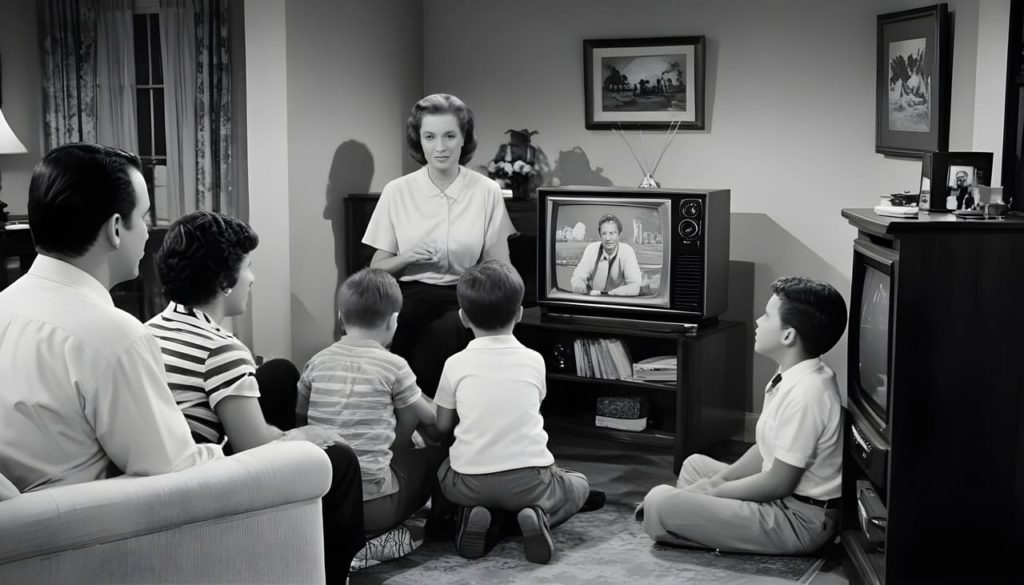
Television revolutionized home entertainment in the 1950s, with ownership jumping from 3 million to 55 million households by decade’s end. The first color TVs arrived in 1953, though most families watched their favorite shows in black and white. You could gather around the television for weekly programs like “I Love Lucy” and “The Honeymooners.” The introduction of transistor radios gave teenagers their first portable music players, forever changing how Americans consumed entertainment.
01. Preserving Memories
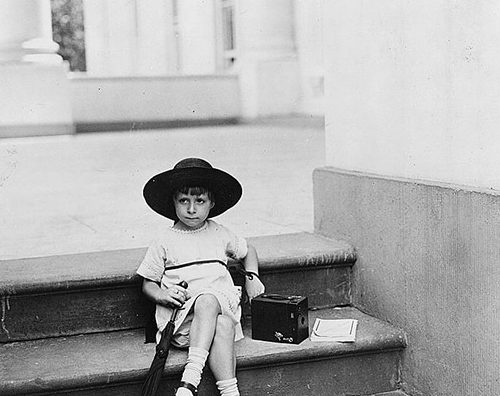
Kodak Brownie cameras captured countless family moments in the 1950s, with each roll of film carefully developed at the local drugstore. Family photo albums filled with black-and-white snapshots preserved birthday parties, summer vacations, and holiday gatherings. The introduction of Polaroid’s instant camera in 1948 gained popularity throughout the ’50s, letting people see their photos develop right before their eyes. You could watch as images magically appeared on special paper, creating instant keepsakes of precious moments.

















